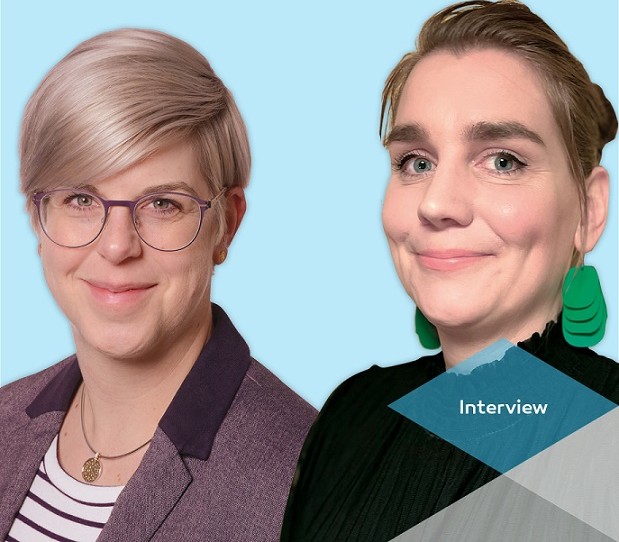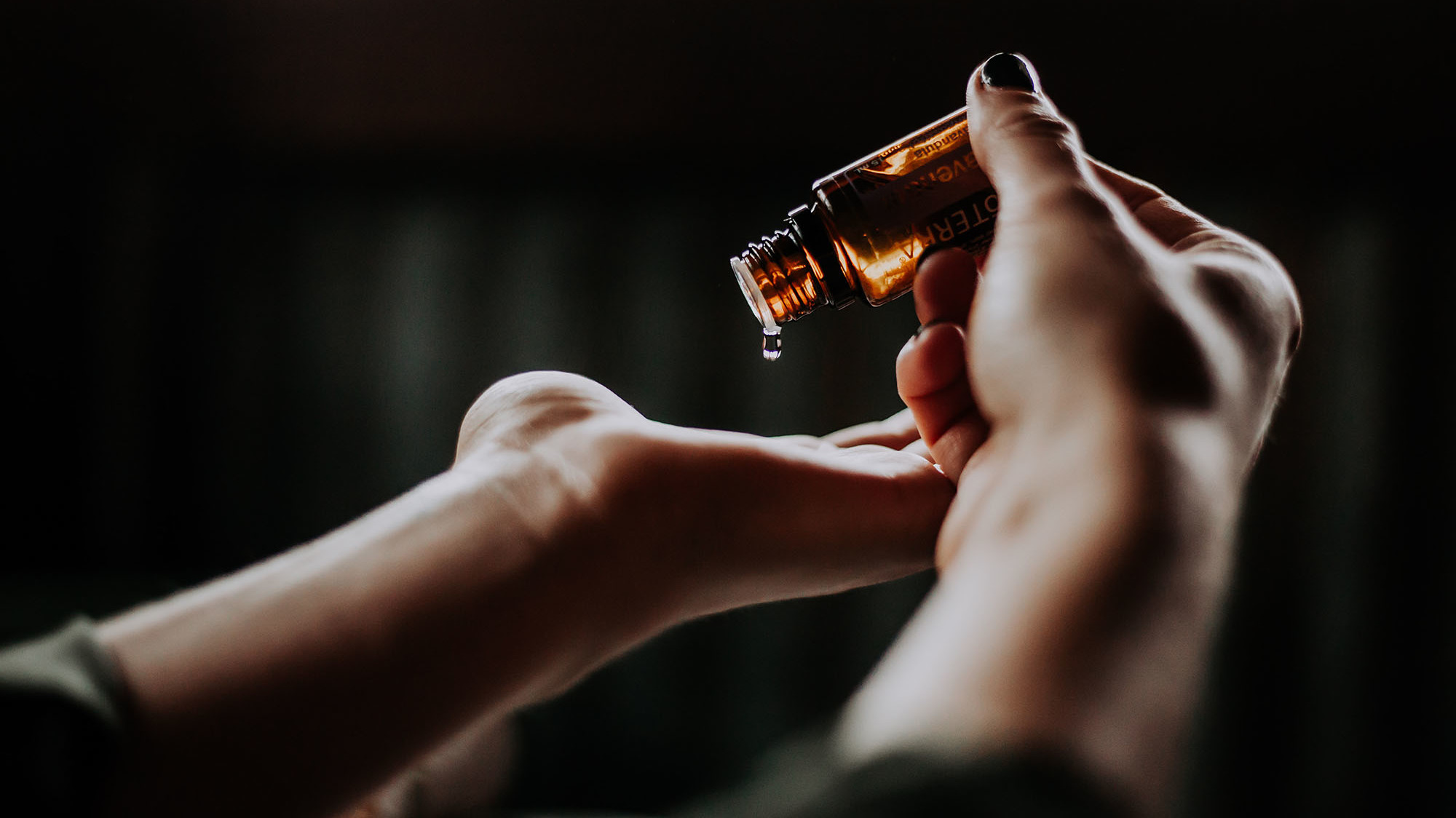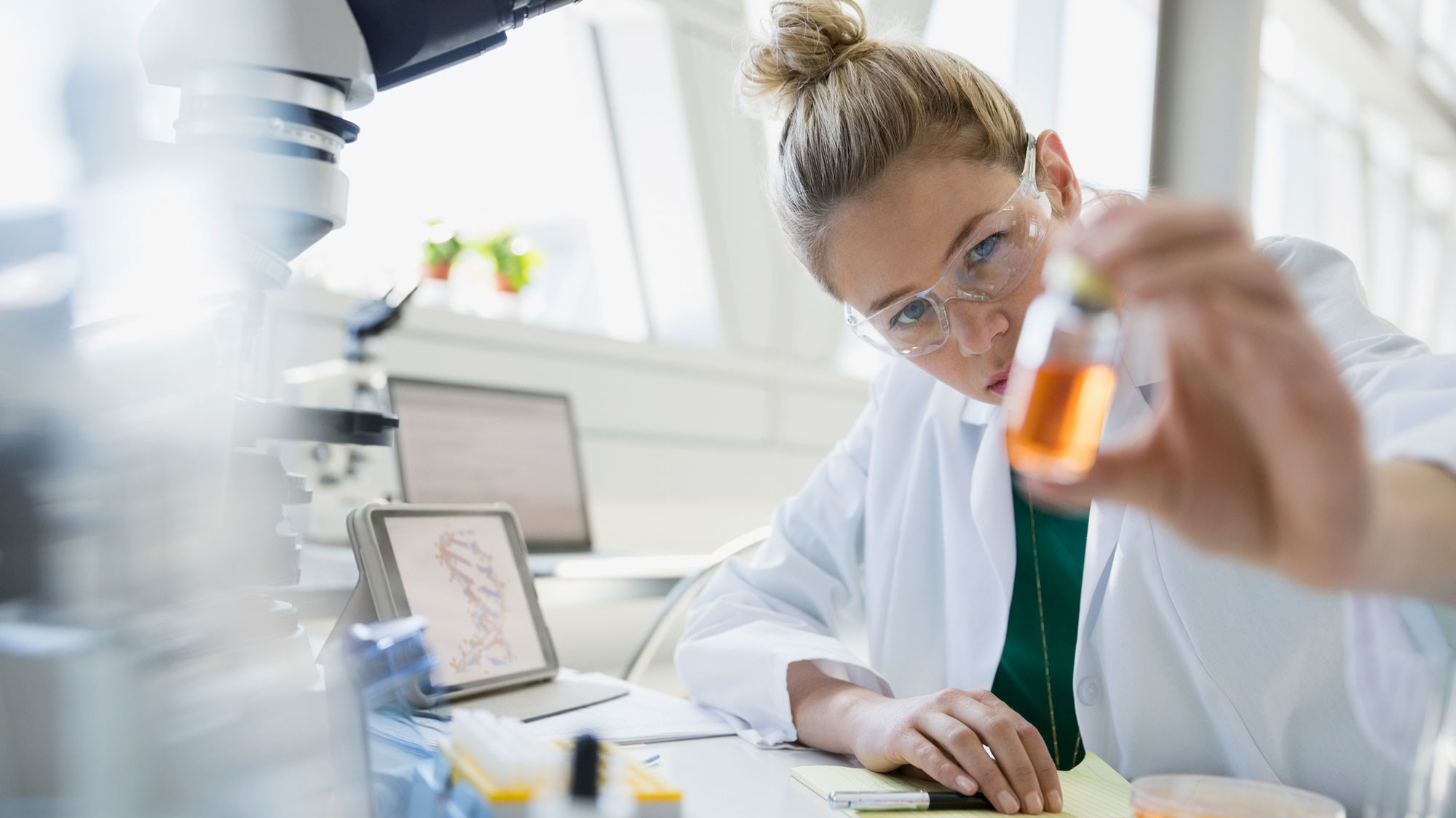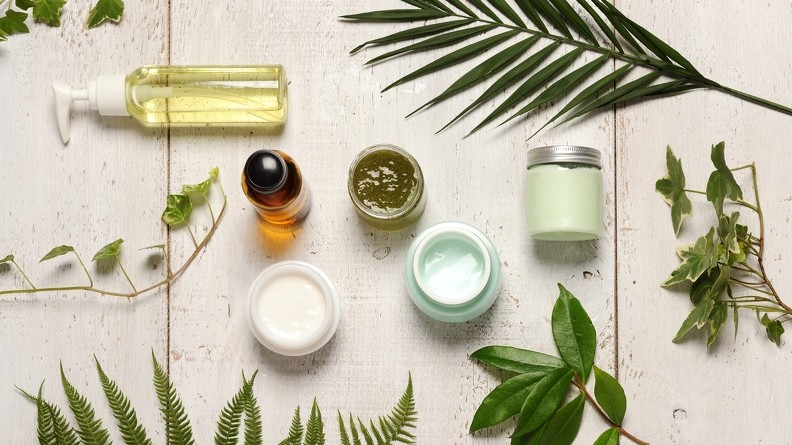New from our laboratory: sustainable care
Natural ingredients, maximum yield and minimal packaging waste are features that many consumers focus on nowadays when purchasing cosmetics and personal care items, in addition to the beautifying effects they promise to deliver. In the Nordmann Labs of Hamburg and Stockholm, Application Scientists Ida Hansen and Annika Kramer work together to create innovative formulations that promote sustainability as well as beauty.

If you ask chemical engineer Annika Kramer and molecular biologist Ida Hansen what kind of cosmetics formulations they want to reinvent, they don’t have to think it over that long. “A shampoo that keeps my color bright,” says Annika Kramer, Senior Application Scientist at the Nordmann Lab in Hamburg, pointing to her short silver-streaked blond hair. “For me, it would be a solid shampoo that leaves my hair nice and fluffy,” says Ida Hansen from Stockholm, “because solid shampoos often don’t have the same effect as liquid ones when you wash your hair. We need to optimize that!” If there’s one thing the two scientists can agree on, too, it’s that the products they enjoy making most in the lab are the ones based on natural, eco-friendly ingredients.
Sustainability begins in the lab
“Sustainability has been a trend for years,” says Ida. She holds a doctorate in physiology from Stockholm University and works now as a Regulatory Affairs Manager & Application Scientist at Nordmann, which means that she develops personal care products in the laboratory that are often specially customized to suit the needs of individual customers. From her office directly opposite the laboratory, she coordinates the approval of new formulations and advises customers on the selection of raw materials. Working at the crossroads between application, testing and consulting, she often hears suppliers and consumers express concern about the conservation of resources and climate protection. “All of our suppliers have sustainability on their minds,” explains Ida Hansen, recounting the recent story of a customer who wanted to know the carbon footprint of each of the raw materials he had ordered. “We were more than happy to provide that. And in the lab, I often find myself referring back to ISO 16128, which is an international standard for natural cosmetics that provides a framework for determining the natural content of ingredients and formulations.”
Natural alternatives to traditional ingredients
The search for natural alternatives is often rewarded. Pearlescence, for example, is a popular quality that gives skin and hair products a more luxurious look and makes products shimmer. To achieve these attractive optical effects, however, acrylates are sometimes used – and this involves tiny plastic particles that pollute the environment (microplastics). Annika Kramer and her colleague Laura Ratz started looking for a way to replace these materials and found what they were looking for in mica: “We developed a shower gel that could stabilize the natural pearlescent pigments – in the form of mica – with the help of a new cellulose-based product. Cellulose is a substance produced naturally by plants to build cell walls, and it can be used to stabilize exfoliating bodies, for example, as well as turbidity. That makes it a good alternative for the raw materials we were looking to replace – and of course we see that as a big win.” When the application scientist makes a new product, she first outlines the formulation on her computer, researching and combining each of the different ingredients involved. She can often fall back on tried-and-true formulas, modifying them as needed. Then it’s off to the lab, where a variety of raw materials get experimented with; in the case of maximum-yield solid cosmetics, for example, with fats, oils and waxes. It goes without saying that sustainable work in the laboratory is part of everyday life: “Sure, we’re always striving to not produce too much waste, to not use too much water, to not make unnecessarily large quantities, and to develop intelligent formulations to offer the world of natural cosmetics or solid formulations.”
Ida Hansen in Stockholm and Annika Kramer in Hamburg are separated by almost 1,000 kilometers and a regionally different product portfolio. Nevertheless, they do a project together every year for the in-cosmetics® global expo. “For the Formulation Lab at this year’s event in Paris, for example, we’re planning something to fit the theme of ‘Prepare your skin for digital meetings,’” Annika Kramer reveals. “We want to develop a formulation that is protective and uses blue-light filters, for example, to shield the skin from computer-screen radiation. It should also contain pigments to make skin look radiant. Since digital meetings are almost certainly here to stay, this kind of product makes sense to have right now and for the future.” This year’s international in-cosmetics® event will be the first in a long time, as the last two fairs had to be canceled because of COVID. “After two years of working from home, we’re really excited to be seeing each other again,” says Ida Hansen.
Ida Hansen
After completing her doctorate, Ida was offered a job as a product developer at a cosmetics company. Having spent so many years in academia, she took it because she wanted to do something more practical. She quickly realized that the job suited her and that it was also a lot of fun! Three years ago she finally came to Nordmann, where she now enjoys using both her mind and her hands to be creative. Sustainability is also important to her, too: not only in the lab, but also in her everyday life as the mother of three children. She and her family prefer to buy secondhand, and Ida gets around by bicycle or public transport whenever possible.
Annika Kramer
Annika had a chemistry teacher at school who sparked her initial interest in science. After training as a chemical laboratory assistant at Beiersdorf, she went on to study chemical engineering. At the same time, she continued working for Beiersdorf in product development. She joined Nordmann in 2009 and set up the Personal Care Lab, which is where she now works with Application Scientist Laura Ratz. What the mother of two children likes about her job in the application technology lab is the variety of tasks, achieving results quickly and being in contact with suppliers and customers.


Contact us
Need further information or personalized advice? Our team will be happy to assist you:

